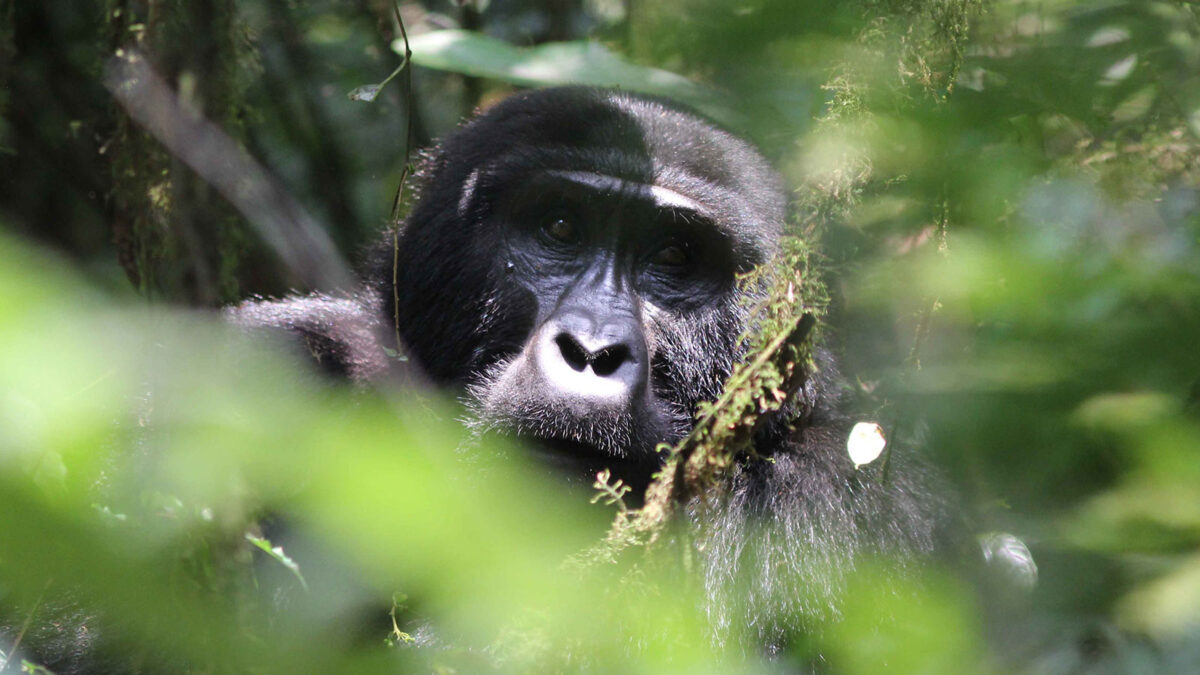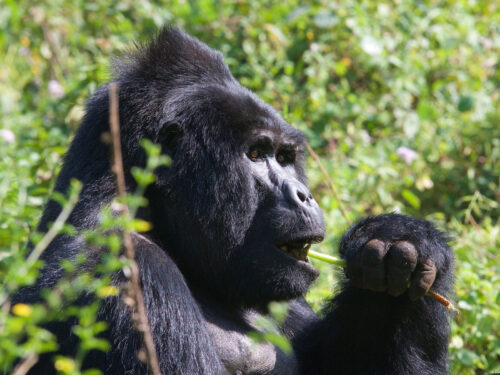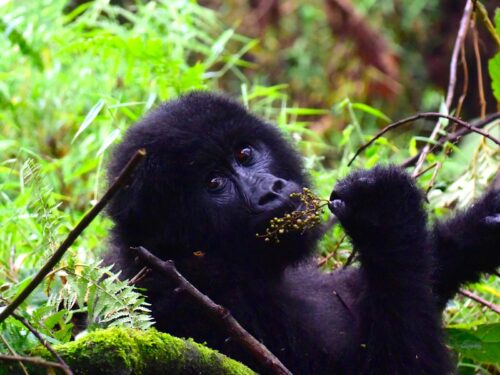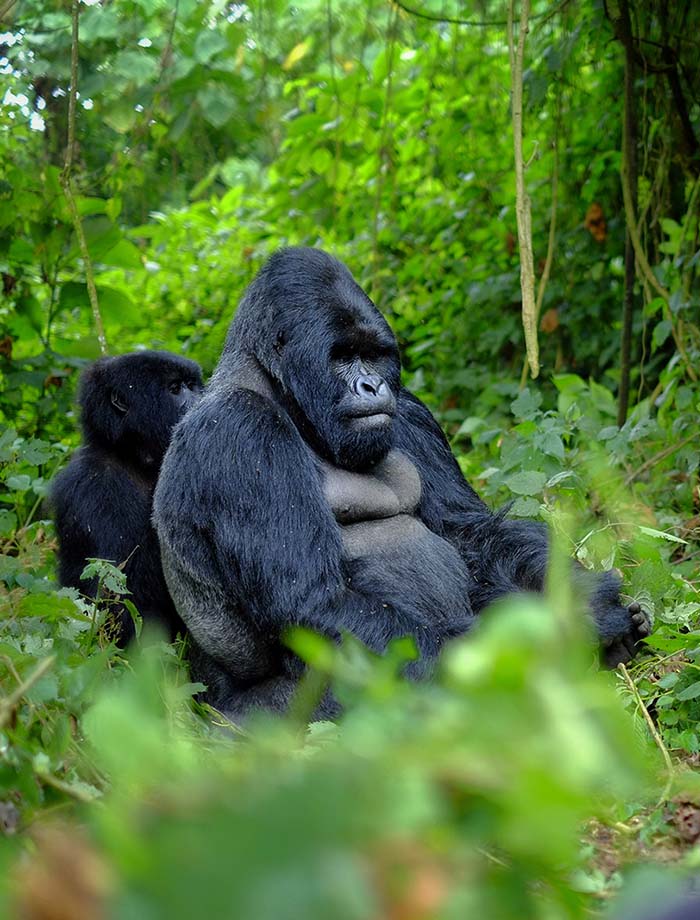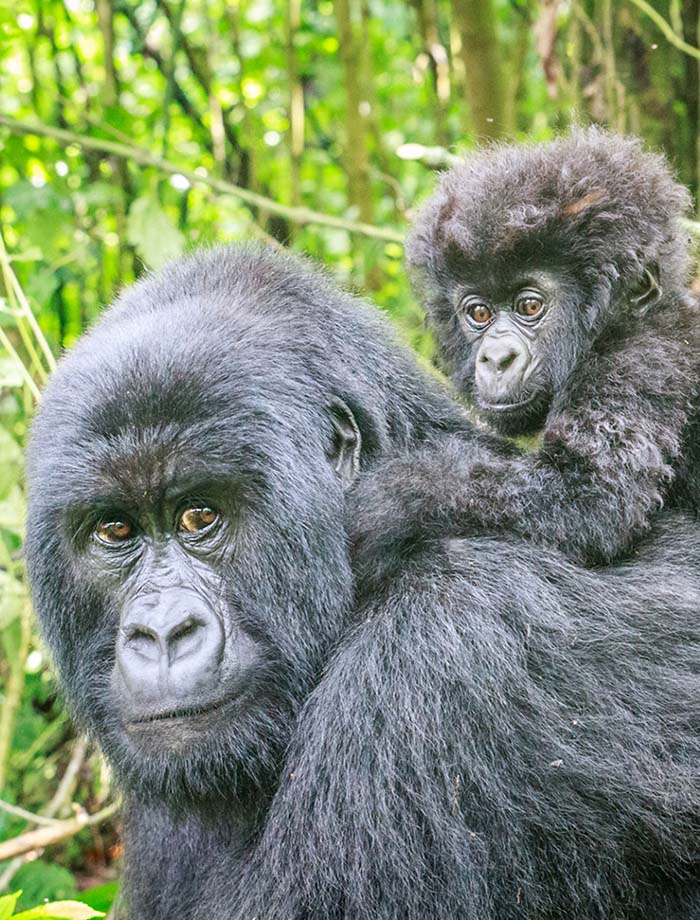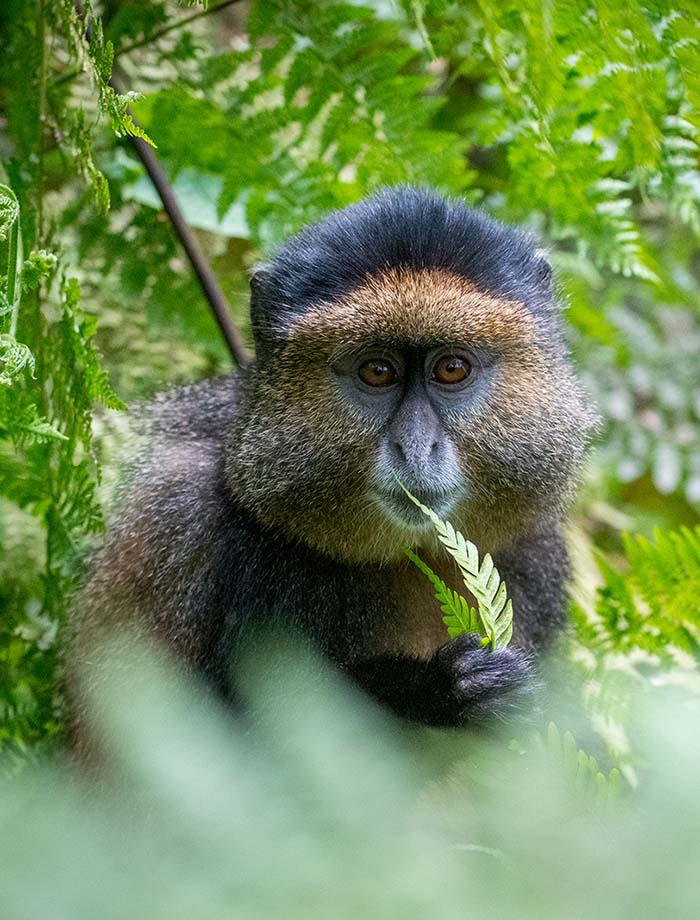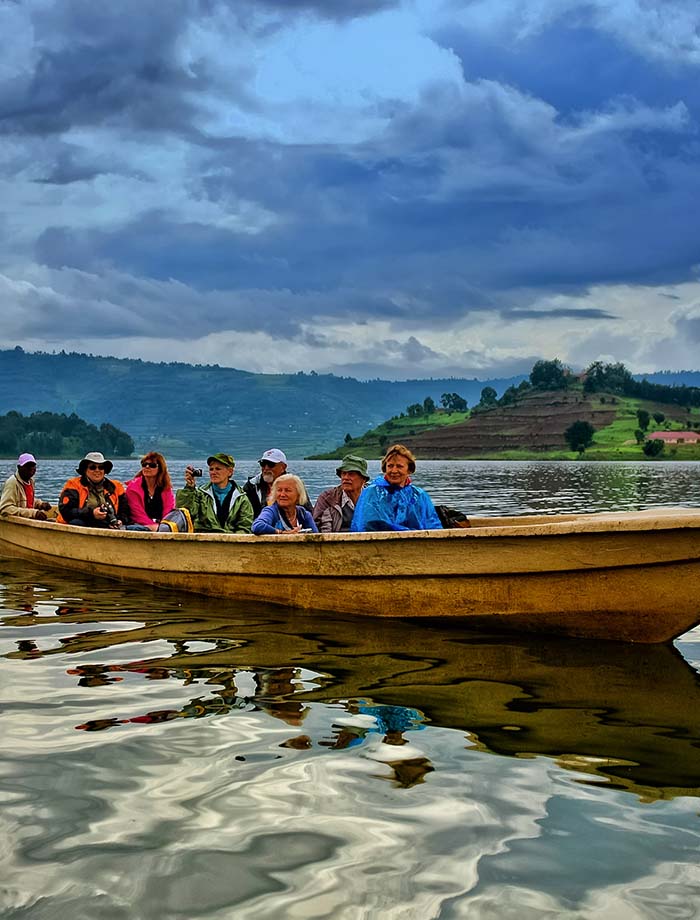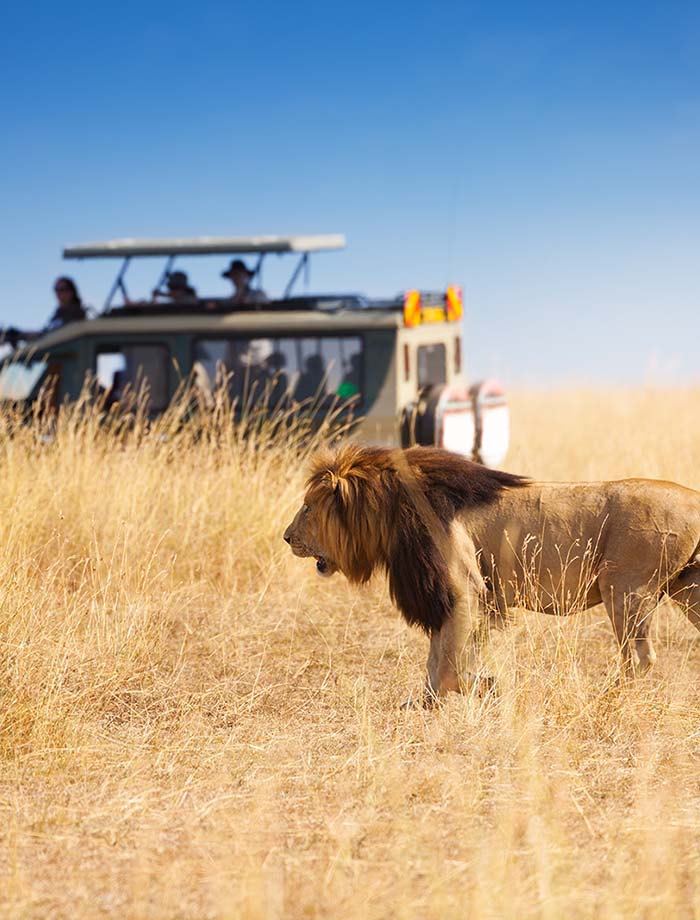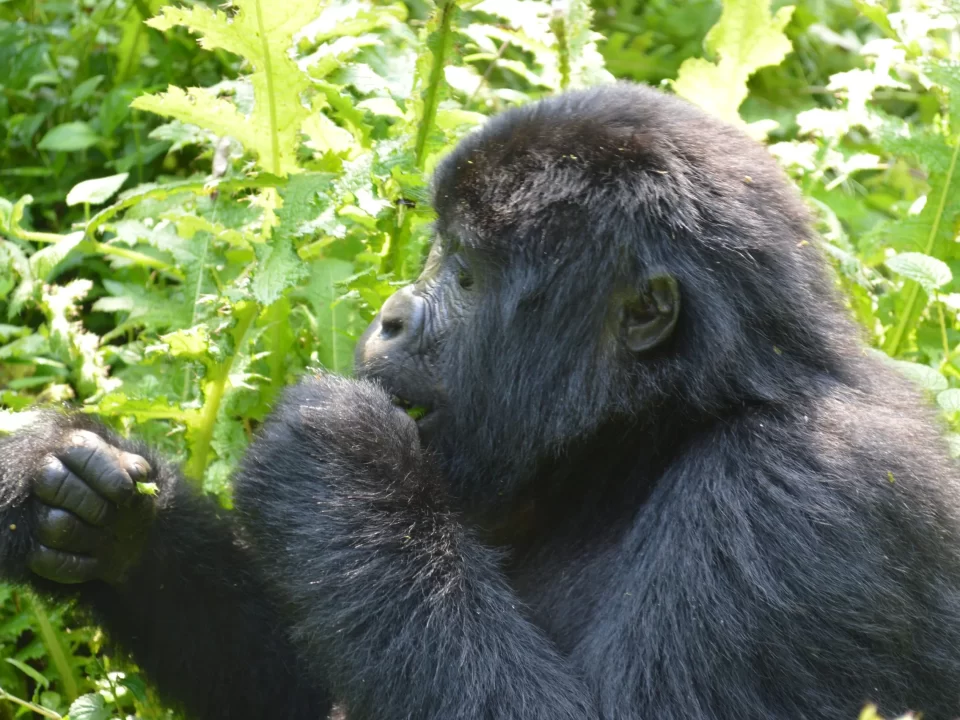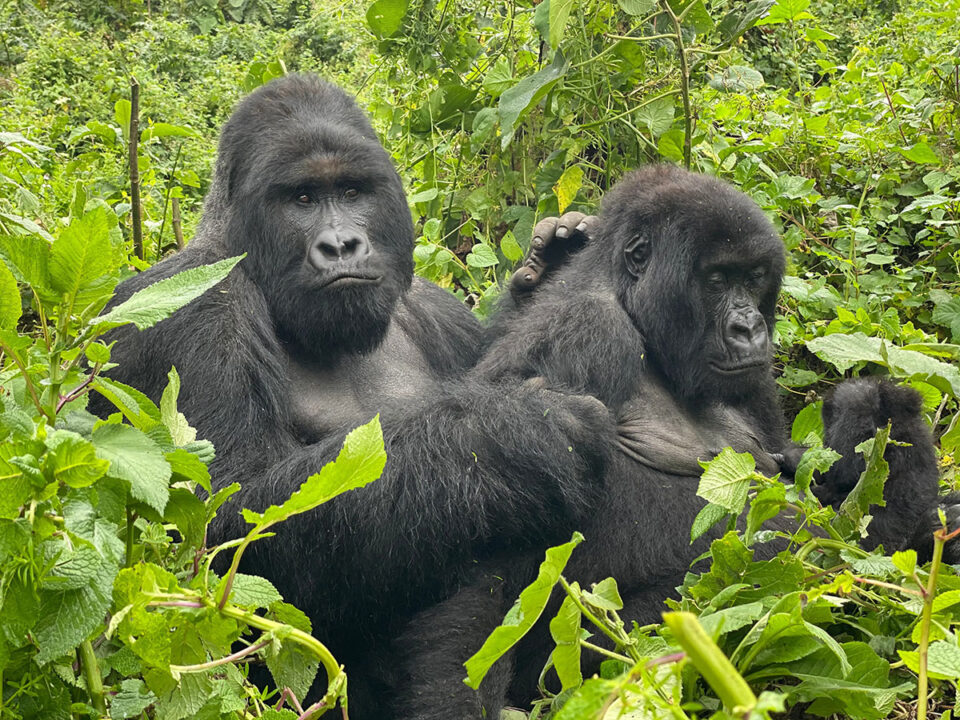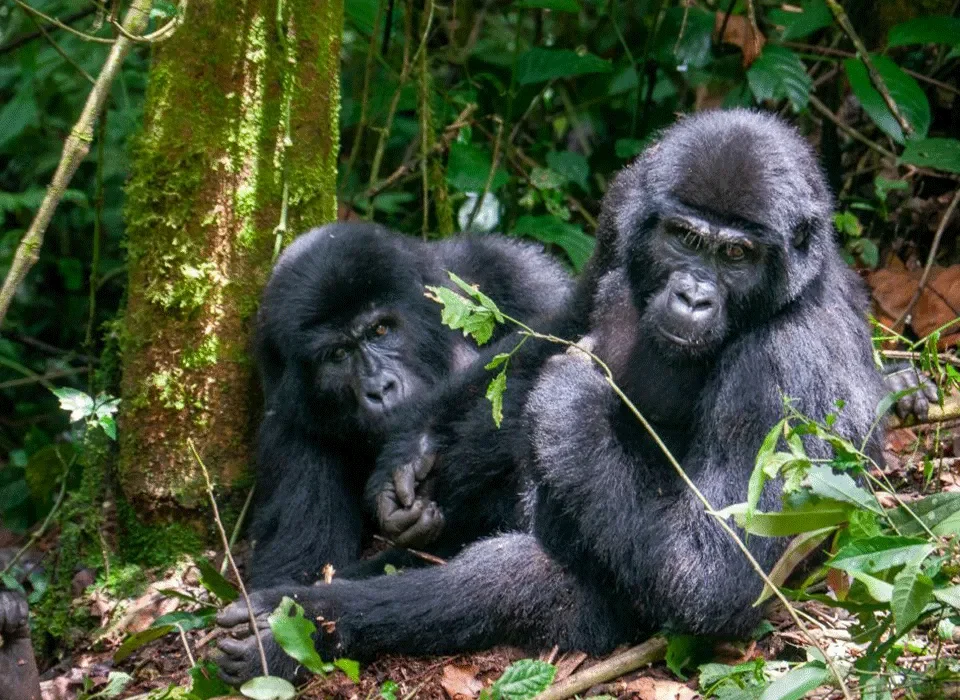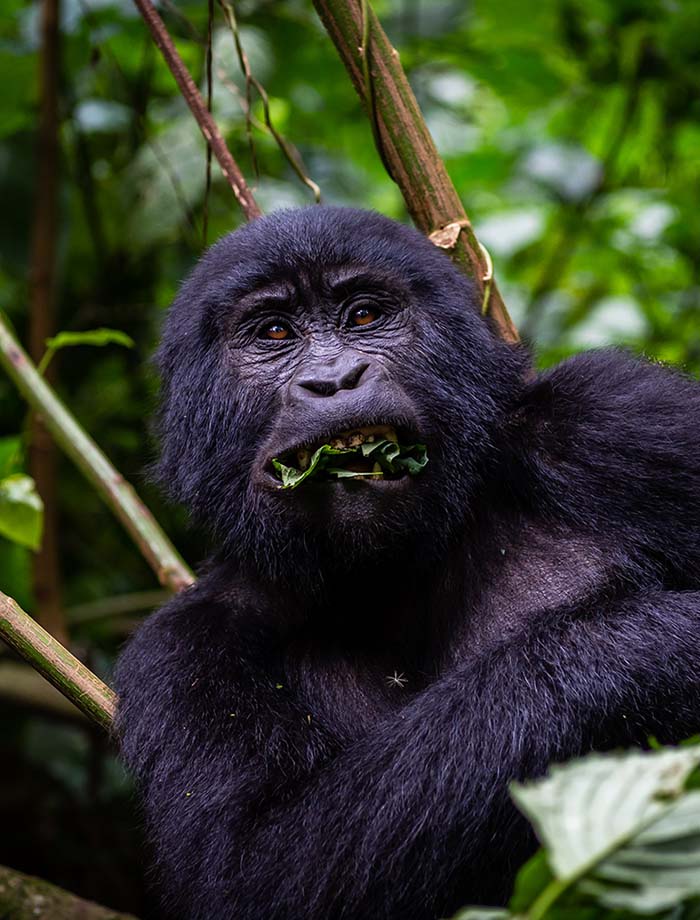
Why is Gorilla Trekking very expensive in Rwanda and Uganda

Top Tourist Attractions in Kenya
December 14, 2022
Gorilla trekking in Bwindi vs Mgahinga National Park
December 15, 2022Gorilla trekking is expensive in both Uganda and Rwanda due to several reasons. The main reason is that gorillas are endangered animals and require a lot of funds to protect them from extinction. Additionally, both Uganda and Rwanda have put in place measures to conserve the gorillas and their habitats, which has contributed to the high cost of gorilla trekking permits. In Uganda, the cost of a gorilla trekking permit is USD800 per person, while in Rwanda, it is USD1500 per person. Both prices allow visitors to have an hour-long encounter with the endangered mountain gorillas. It is important to note that gorilla trekking is only possible in a few locations, including Bwindi Impenetrable Forest National Park and Mgahinga Gorilla National Park in Uganda, Volcanoes National Park in Rwanda, and Virunga National Park in the Democratic Republic of Congo.
Why Gorilla Trekking in Rwanda and Uganda is Worth the Cost
The money spent on gorilla trekking in both countries is worth it for several reasons. Firstly, it gives travelers the opportunity to visit and see the endangered mountain gorillas, which is a unique and unforgettable experience. Secondly, the money helps to support conservation efforts and the protection of the gorillas’ natural habitat in Bwindi Forest. Without the income generated from gorilla trekking, the forest and its wildlife may not be as well-protected as they are today. This has encouraged the government of Uganda to support conservation efforts and promote environmental protection, making the money spent on gorilla trekking in Bwindi impenetrable National Park worthwhile.
The money spent on gorilla trekking in Uganda and Rwanda not only supports conservation efforts, but also benefits the local communities that live near Bwindi Forest, where the mountain gorillas are found. These communities receive a portion of the income generated from gorilla trekking permits and park entrance fees, which encourages them to support conservation efforts and protect the gorillas. The money is used to pay the local communities who are on the lead committees and to fund infrastructure and development projects, such as the construction of schools, hospitals, and support for agriculture. This helps to improve the quality of life for the local communities and makes the money spent on gorilla trekking in Bwindi impenetrable National Park worthwhile.
Despite the high cost and the challenges involved in gorilla trekking, such as the need for trekking permits and the physical demands of walking through the forest, many people find the experience to be worth the money. Gorilla trekking in Bwindi impenetrable National Park and Volcanoes National Park is a thrilling and unforgettable experience, and some people are so impressed by it that they are willing to pay for multiple permits and do the trek multiple times. Additionally, the money spent on gorilla trekking helps to support conservation efforts and the protection of the gorillas and their habitat, making the experience even more worthwhile. Overall, the value of gorilla trekking in Uganda and Rwanda goes beyond the money paid for the trekking permits, and many people find it to be a rewarding and valuable experience.
Choosing Between Uganda and Rwanda for Gorilla Trekking
The truth is that both Uganda and Rwanda are home to mountain gorillas and offer a similar experience when it comes to gorilla trekking. The only difference is that Rwanda’s mountain gorillas are found in the Virunga ranges, where bamboo is the dominant vegetation, while in Uganda they are found in a rainforest with a variety of trees and plants. The chances of seeing gorillas in both countries are high, so it doesn’t matter which one you visit – you will be able to see these endangered apes in their natural habitat. Some people believe that it is easier to see gorillas in Rwanda because of the vegetation, but this is just a perception. In reality, gorilla trekking in both Uganda and Rwanda is well-organized and the treks are equally enjoyable in both countries.
What is the best time to go for Gorilla trekking in Uganda and Rwanda?
Gorilla trekking can be done year-round in Uganda and Rwanda, as the activity is well-organized in both countries. The best time to go gorilla trekking in Uganda is during the drier months of January, February, and from June to early September. This is because the park is easier to access during these months and the vegetation is not too dense, providing clear views of the gorillas. However, some people prefer to go during the rainy season, as the gorillas are more active and easier to spot as they move shorter distances in search of food. Ultimately, the best time to go gorilla trekking depends on personal preferences and the specific conditions at the time of your visit.
Trek Africa Expeditions is the best choice for booking a gorilla trekking adventure in Uganda or Rwanda. Here are some reasons why:
- We have years of experience organizing gorilla treks in both countries, so we know the best places to go and the best times to visit.
- We only work with experienced, knowledgeable guides who are passionate about gorillas and conservation.
- We offer a range of customizable itineraries to suit different interests, budgets, and time constraints.
- We are committed to sustainability and responsible tourism, and we support local communities and conservation efforts.
- We provide expert advice and support before, during, and after your trip to ensure that you have a safe, enjoyable, and unforgettable experience.
Book your gorilla trekking adventure with Trek Africa Expeditions and discover the beauty and wonder of Uganda and Rwanda’s mountain gorillas.
Suggested Gorilla Safari Ideas
The tours featured throughout our website are intended to give you ideas for what’s possible when you travel with us. Treat them simply as inspiration, because your trip will be created individually by one of our specialists to match your tastes and budget.

